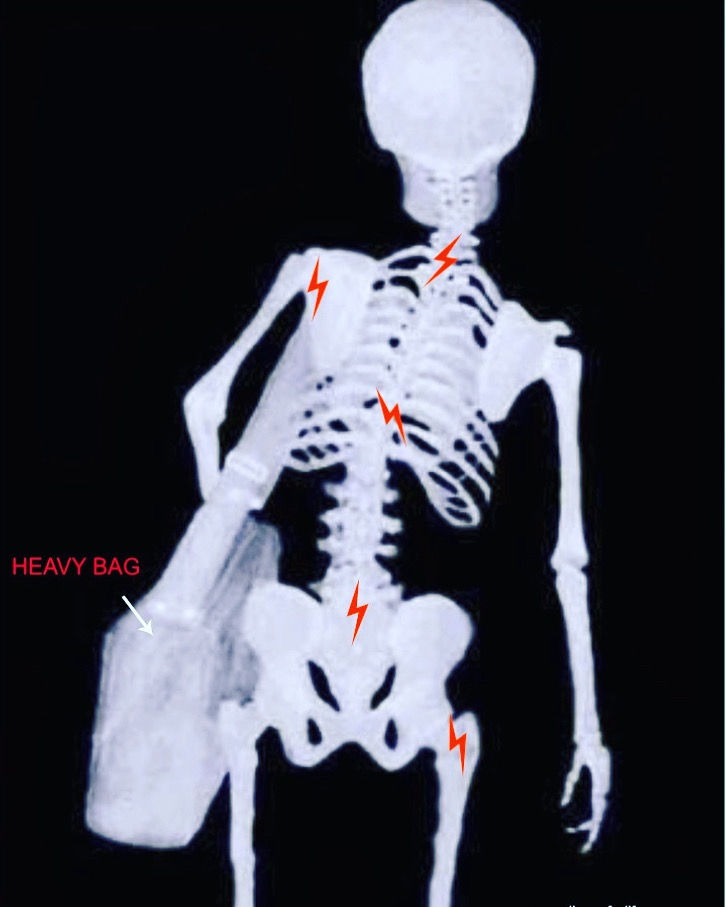Improve Your Own Bone Density – No Drugs Necessary!
- Candia Andrews

- Oct 1
- 3 min read
You’ve probably been told that declining bone density is inevitable as you age and that the only “solution” is to rely on prescription drugs. But what if I told you that your bones are living tissue that respond to movement, nutrition, and daily choices? That you can rebuild their strength naturally, without ever picking up a pill bottle?
The truth is this: your bones aren’t static. They’re constantly breaking down and rebuilding. And every choice you make either strengthens their foundation or slowly erodes it.
The Bone Density Dilemma
Most people think osteoporosis or brittle bones just “happen.” But behind the scenes, your skeleton is like a construction site: osteoclasts break down old bone, while osteoblasts build new bone.
When the breakdown outpaces the rebuilding, density drops. Drugs try to patch the imbalance, but they don’t fix the root cause. Your body’s lack of stimulus to naturally strengthen bone.
Here’s what’s really happening when bone density declines:
Sedentary habits: Without resistance or impact, bones lose their signal to rebuild.
Nutrient gaps: Calcium, magnesium, vitamin D, and vitamin K2 all play vital roles. If you’re short, your bones pay the price.
Poor posture & weak muscles: If your muscles aren’t pulling on your bones, your bones stop reinforcing themselves.
Stress overload: High cortisol breaks down bone tissue over time, leaving them weaker.
It’s not just “aging.” It’s inactivity, imbalances, and missed opportunities to nourish your skeleton.

The Anatomy of Strong Bones
Think of your skeleton as scaffolding that adapts to load. Just like muscles get stronger with training, bones get denser when you challenge them.
Weight-bearing activities (walking, hiking, dancing) send shock signals that tell bones: “Grow stronger.”
Resistance training adds tension to muscle attachments, pulling on bone and triggering growth.
Nutrients act like building blocks, without them, even the best blueprint falls flat.
Balance and posture keep everything aligned, preventing uneven wear and microfractures.
Ignore those inputs, and bones quietly weaken. Feed them the right signals, and they rebuild stronger than before.
Hidden Signs of Low Bone Density
Bone loss doesn’t always announce itself with a dramatic fracture. Watch for these subtle red flags:
Shrinking height or a stooped posture.
Nagging back or hip aches.
A fracture from a minor fall or bump.
Grip strength that feels weaker than before.
Fatigue during everyday weight-bearing activities.
These are your body’s whispers before the shout of osteoporosis.

The BodyMechanix Solution
At BodyMechanix, we see the effects of weak bone density all the time. Clients who feel fragile, stiff, or fearful of falls. The good news? Bones can rebuild with the right approach.
Here’s how we help clients take charge, drug-free:
Assessment: We evaluate posture, strength, and movement to see where your skeleton needs support.
Correction: We apply PhysioKinetix training and Myoskeletal Alignment Therapy to restore proper alignment, taking pressure off vulnerable joints.
Reactivation: Through guided resistance and weight-bearing exercises, we retrain your muscles to stimulate bone growth naturally.
Prevention: We provide nutrition guidance and movement strategies to maintain density for life.
Breaking the Cycle
Bone loss often leads to a vicious loop: less density → more fear of movement → less activity → even weaker bones.
But here’s the truth: your bones are alive, adaptive, and resilient. With the right input, density can be regained, posture restored, and confidence rebuilt.
It starts with one choice: commit to moving in ways that make your skeleton stronger.
Take Action Today
If you’ve been told your only option is medication, know this: your body has its own pharmacy. Movement, nutrition, and smart training are powerful tools your bones respond to every day.
Schedule your BodyMechanix assessment today. Let’s rebuild your bone density the natural way so you can stand tall, move confidently, and live powerfully for years to come.
Your bones weren’t designed to crumble. They were designed to adapt. Let’s help them thrive.



Comments